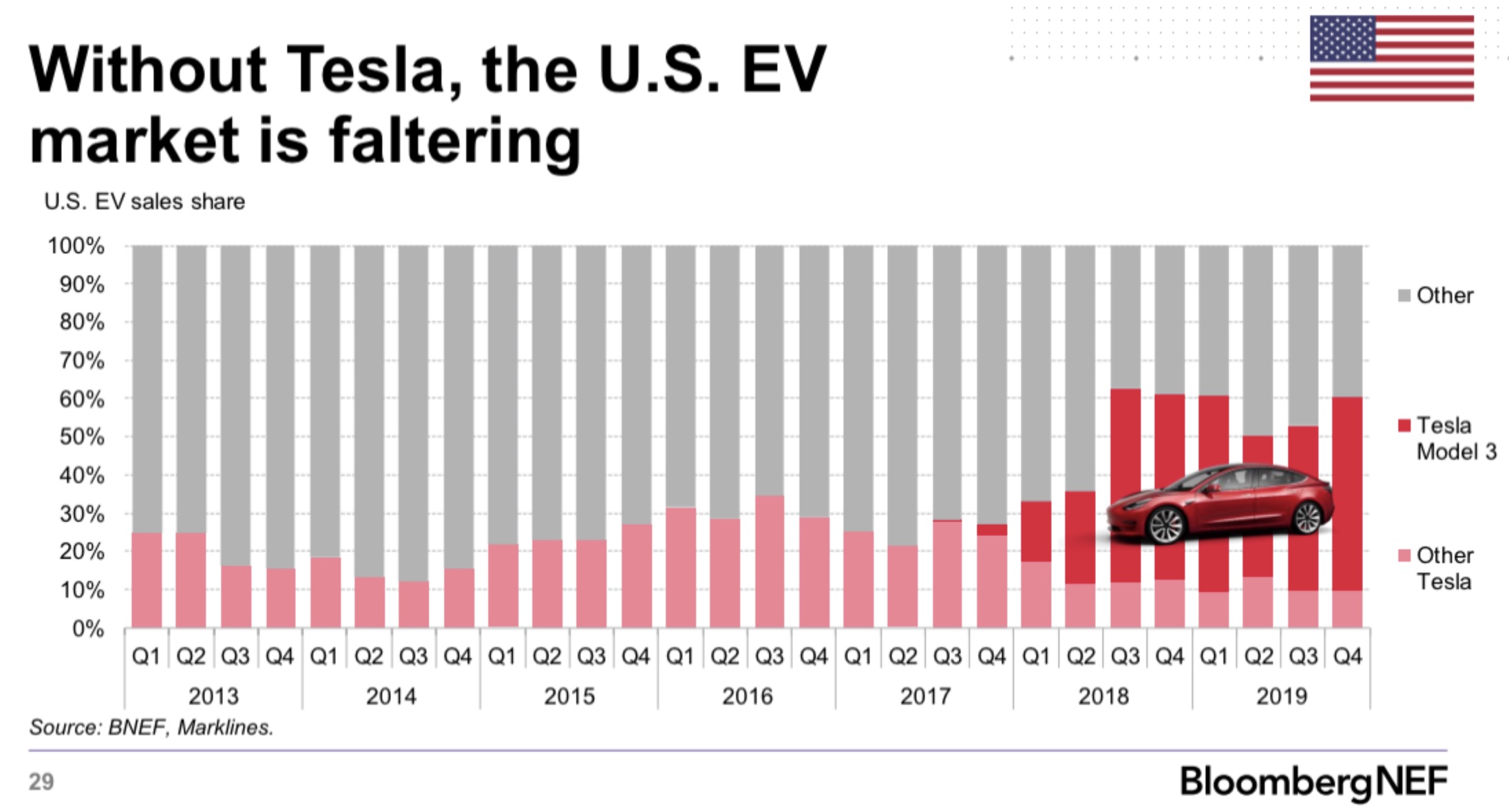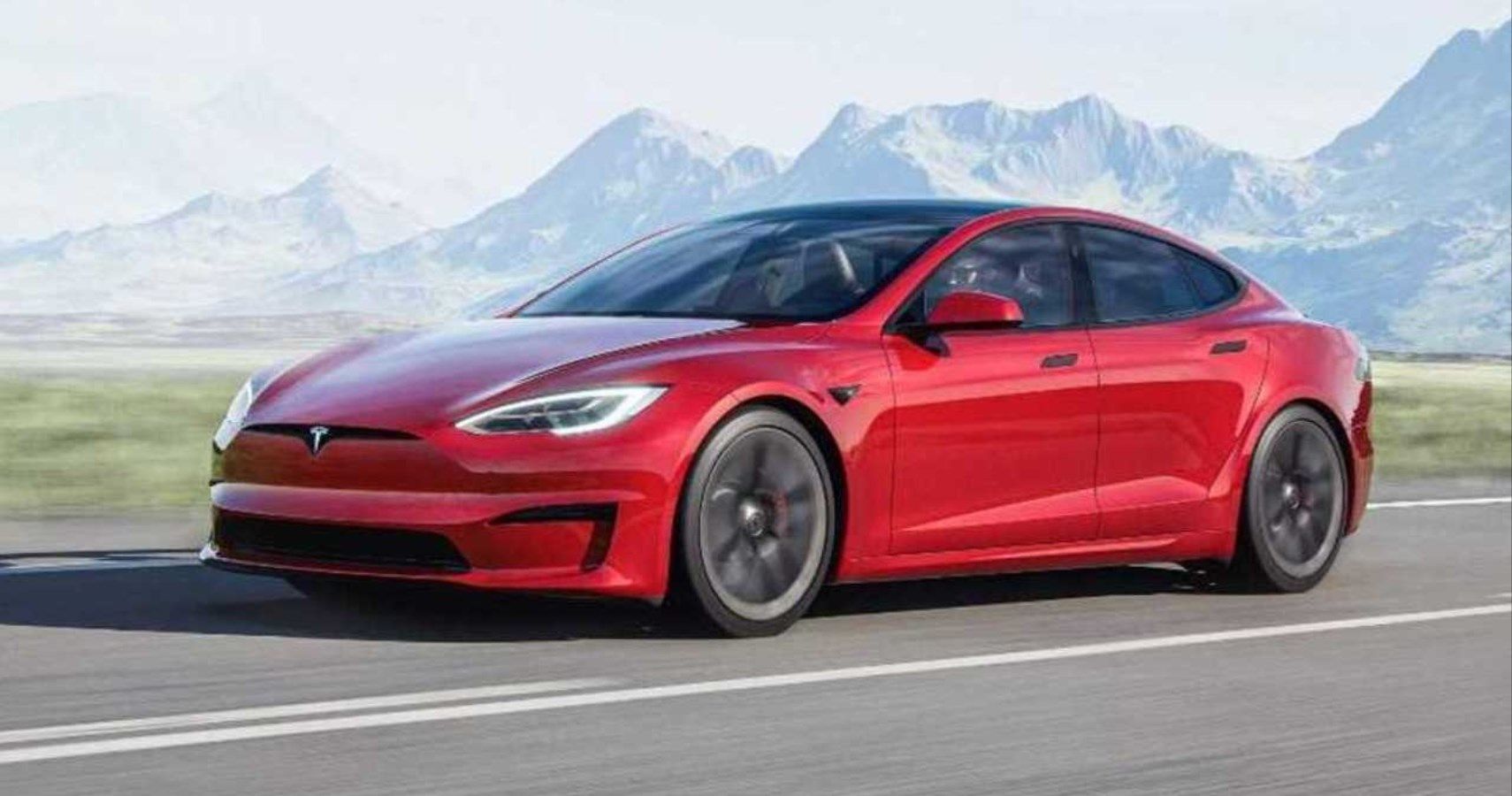
The waiting time Tesla customers face between order and delivery has also been dropping in both the United States and China, Tesla's largest markets. That outpaced industry-wide price hikes on new cars of 18% to $48,301 during the same period. Tesla's average vehicle transaction price jumped 31% to $69,831 in August, compared with $53,132 at the start of 2021, according to Kelly Blue Book. "It would be unreasonable to assume that there is: (a) a limit to how much Tesla can continue to increase prices without demand suffering and (b) that the company was not exposed to decelerating macroeconomic growth," he said in a research note. Morgan Stanley analyst Adam Jonas said he believed Tesla did not face an immediate demand problem, but added a caution on pricing and Tesla's ability to buck the economic cycle.

If Tesla needs to hold more inventory in coming quarters to smooth deliveries and avoid the end-of-quarter rush that has been its norm, that would add to the $1.2-billion in undelivered cars it held at the end of the second quarter.Īnalysts believe Tesla still has more demand than it can supply, the bedrock assumption behind its aggressive expansion plan over the next year as it ramps up production at factories in Shanghai, Berlin and Austin, Texas. Tesla blamed transport issues for a delivery total that fell short of Wall Street expectations. While Tesla's numbers remain low, building inventory has historically been a down-cycle indicator for automakers, forcing markdowns in past recessions of the kind Tesla has not yet faced.

The one notable exception was in early 2020 when COVID disrupted deliveries. That is the first time it has had to finance that many cars in inventory.įor most of the past three years, Tesla has been selling more EVs in a quarter than it can produce.

The most immediate concern: Tesla made over 22,000 more EVs than it delivered to customers in the third quarter, data released this week showed. Tesla has navigated supply-chain challenges better than most of its rivals and analysts expect it to post strong growth through next year as it expands output, but there are also indications it is being forced to respond to a tougher market. Analysts see early signs of caution for the world's most valuable car maker, including for its increasingly premium pricing, at a time when the global economy is slowing and expectations for global auto sales are being dialed back.


 0 kommentar(er)
0 kommentar(er)
